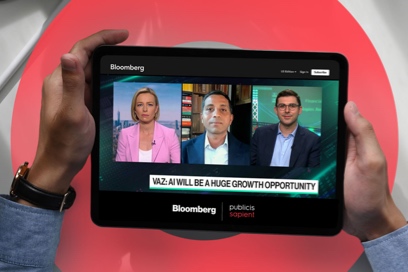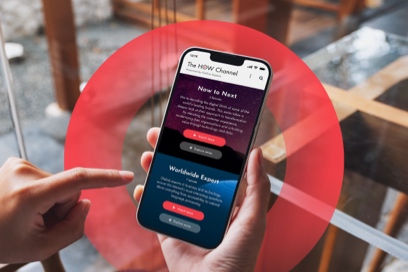The Virtual Workplace at a Glance
- The COVID-19 pandemic is forcing companies to take a closer look at how they communicate with employees digitally as remote work becomes more prevalent
- Cloud platforms allow for more secure data processing for remote workers, but contingencies are needed to mitigate potential bandwidth or internet issues
- Employers can leverage in-app communication to manage availability and create employee-centric experiences for non-remote workers
Will coronavirus prove to be a watershed moment for the remote work environment?
As of early March, more than 100,000 cases of coronavirus had been reported globally, with China, Italy and Iran among the worst affected. In late February, reported COVID-19 cases began to rise in other areas of Europe and the United States, with a growing number of corporations urging employees in at-risk areas to work from home as quarantines and heightened health precautions become more prevalent.
Ongoing uncertainty surrounding coronavirus and its economic implications shed light on the ability to offer workplace flexibility, manage employee safety and navigate worker shortages to maintain productivity and weather the storm.
Working remotely is a trend that grew alongside the digital age. A 2018 study of distributed work trends by Publicis Sapient CXO John Maeda found that 41 percent of employees spend their time working in “blended” environments, with time spent both at the office and working from home. Remote work programs have also been attributed to increases in employee satisfaction, more productive workforces and cost-effectiveness for companies.












